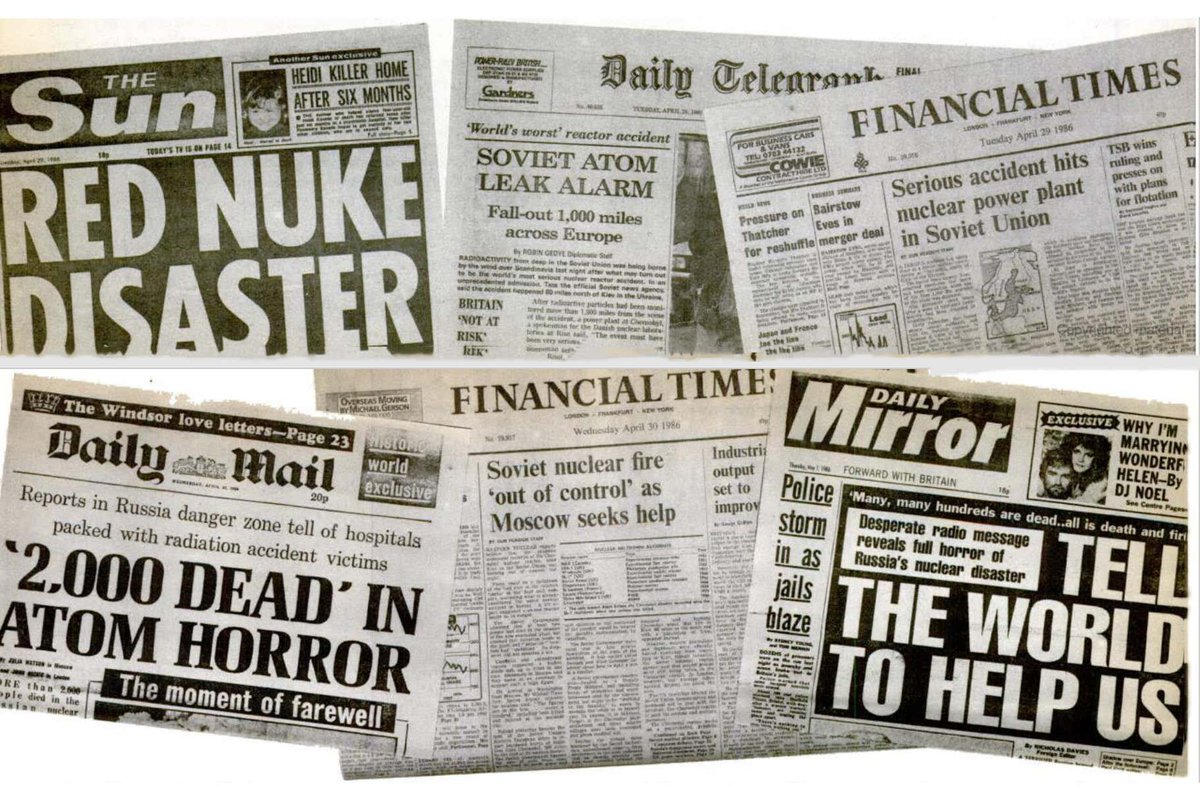
[1 of 6]
With all the recent changes to @USArmy uniforms, we're hoping @16thSMA considers bringing back the "pocket patch."
With all the recent changes to @USArmy uniforms, we're hoping @16thSMA considers bringing back the "pocket patch."

[2 of 6]
In the 15 years after WWII, troops from the airborne regiments in that war started wearing patches that indicated their regiments on the left breast pocket.
These were not Army-recognized insignia, but rather Soldier-designed patches.
Check out this 504th PIR patch.
In the 15 years after WWII, troops from the airborne regiments in that war started wearing patches that indicated their regiments on the left breast pocket.
These were not Army-recognized insignia, but rather Soldier-designed patches.
Check out this 504th PIR patch.

[3 of 6]
For example: Note the 508th PIR pocket patch in this 1952 pic on Fort Bragg. This is a patch created by a Soldier named John LeVique and then recognized as symbolic of the spirit of the 508.
These troops are wearing the actual 508th Insignia on their left shoulder.
For example: Note the 508th PIR pocket patch in this 1952 pic on Fort Bragg. This is a patch created by a Soldier named John LeVique and then recognized as symbolic of the spirit of the 508.
These troops are wearing the actual 508th Insignia on their left shoulder.

[4 of 6]
Chief of Staff of the Army Lyman Lemnitzer put a halt to all these pocket patches in the early 1960s, but they remain in our lore.
Chief of Staff of the Army Lyman Lemnitzer put a halt to all these pocket patches in the early 1960s, but they remain in our lore.

[5 of 6]
More importantly, symbology is part of the allure and romance of the Army. It's part of the call to Soldiering and, frankly, the comraderie and smack-talk of life in the barracks. So, let's bring 'em back.
Each unit that didn't have one in the 1950s designs their own
More importantly, symbology is part of the allure and romance of the Army. It's part of the call to Soldiering and, frankly, the comraderie and smack-talk of life in the barracks. So, let's bring 'em back.
Each unit that didn't have one in the 1950s designs their own

• • •
Missing some Tweet in this thread? You can try to
force a refresh



















